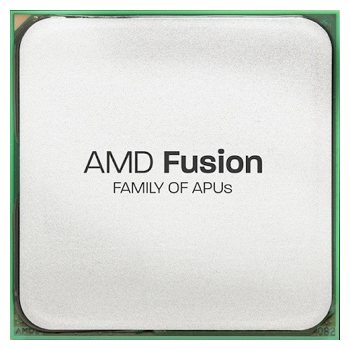AMD held their first Fusion Developer Summit (AFDS) in Bellevue, Washington last week, where among other things, the company shared its vision towards the future of computing and the role that graphics processors will play in it. In a nutshell, the company sees a future were it'd be easier for developers to build heterogeneous applications that effectively exploit not only the CPU but also the GPU's massive parallel processing capabilities.
The company explained that it is moving towards full system integration with its Fusion architecture. While current APUs are already physically integrated, with the CPU and GPU sharing the same silicon and a unified memory controller, AMD has an evolution strategy in place that will see the APU concept grow even further.
That includes a number of evolutionary steps expected to continue through 2014, such as the addition of C++ support and other high level languages on the GPU to make it easier for programmers to leverage its compute capabilities, enabling bi-directional power management between the CPU and GPU to improve battery life or boost performance, as well as implementing a unified memory address space and fully coherent memory shared by the CPU and GPU so they operate seamlessly together.
"Future innovations are intended to make the different processor cores more transparent to programmers. They can then seamlessly tap into the gigaflops of power-efficient performance available on the APU and design even faster, more visually stunning applications on a wide range of form factors," said AMD's Phil Rogers.
This constitutes a major overhaul of AMD's traditional GPU architecture and will be applied across future generation products, including discrete graphics cards and GPUs integrated with CPUs as part of AMD's APU products. The idea is to create a GPU that performs well at both graphical and computing tasks, much like Nvidia is trying to accomplish with Fermi and also somewhat similar to what Intel had in mind for the ill-fated Larrabee.
AnandTech has posted a detailed preview of what AMD is calling Graphics Core Next (GCN), which will be the architectural basis for the company's future GPUs, detailing how it works and its features. Check it out here.
